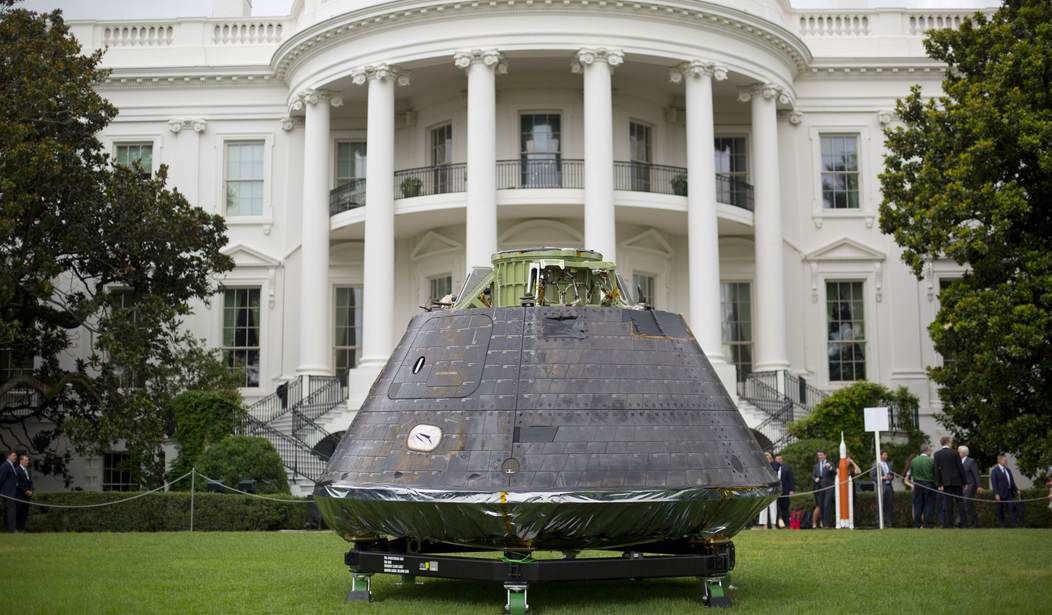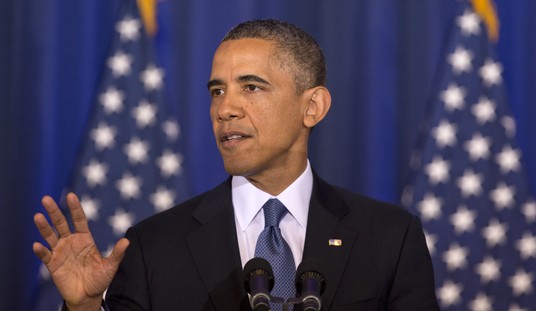It looks more and more like China might beat NASA back to the moon.
If all goes according to the re-re-revised plan, Boeing's troubled Starliner space capsule will undock from the International Space Station on Friday afternoon and make an automated return to Earth, unmanned. Meanwhile, debate continues at NASA over how to proceed with the Artemis program to get us back to the moon — almost two full years after the Artemis I flight test returned safely to Earth but with the Orion capsule's heat shield showing unexpected wear and tear.
"This will be an even higher-profile decision for NASA," Eric Berger reported for Ars Technica on Wednesday, "with higher consequences—four astronauts will be on board, and hundreds of millions, if not billions, of people will be watching humanity's first deep space mission in more than five decades."
Here's the bullet point version of the debate:
- Artemis I returned safely. Had there been astronauts on board, they would have been in zero danger.
- Still, Orion's heat shield did not burn away as expected — a possible concern.
- Should manned Artemis II follow the same reentry profile, make a steeper reentry that will take less time, or be delayed while a new heat shield is designed, built, and tested?
NASA has given no indication of when a decision will be made or what it might be. Also of note: Orion is a Lockheed-Martin project, not Boeing.
Recommended: Kamala Seinfeld: A Campaign About Nothing
Also tightlipped is Communist China about its lunar ambitions. But, like NASA, the Chinese Lunar Exploration Program (CLEP) aims to put Taikonauts on the lunar surface in the 2029-2030 timeframe. China's program has enjoyed nine successful missions to date, including a lunar orbiter, a rover, and even a lunar sample return to Earth. Phase 4 begins in 2026 with the Chang'e 7 mission to scout landing locations and resources at the moon's south pole.
NASA and our international partners are technically ahead of CLEP, having flown an unmanned test mission of the Orion crew capsule around the moon and back two years ago. But merely studying Orion's heat shield anomaly — without resolution — has taken two years. If a fix is needed, it could take another couple of years to design, build, and test a new heat shield.
And those SLS launches cost a breathtaking (not to mention inexcusable) $4.2 billion a pop. Sending up another unmanned Artemis test mission just isn't in NASA's budget. It's easy to imagine the debate inside NASA over whether to go with the existing heat shield and a more direct reentry profile, or add years and billions to the program to buy extra safety is... well... heated.
Please note that I wrote it looks more like China will beat NASA back to the moon. If progress continues on SpaceX's radical Starship rocket, Elon Musk could beat them both. Musk has his sights set on Mars, not Luna, but Starship flights should be inexpensive enough that SpaceX could — at least in theory — toss in a moon mission almost as an afterthought.
Meanwhile, the clock is ticking, and CLEP is so far nine and zero.
Should NASA decide the Orion heat shield needs to be redesigned, I'd say Congress would have no choice but to cancel Artemis altogether. Instead, give SpaceX a couple billion dollars — less than half the price of a single SLS-based Artemis launch — and see how quickly it can get to the moon and back with Starship.
P.S. If you aren't already a VIP supporter, please consider helping us keep independent news and analysis alive, and don't forget our 50% off SAVEAMERICA promo code. If you are already a member, thank you so much for your support.










Join the conversation as a VIP Member